We are delighted to welcome two highly-skilled new colleagues to our conveyancing department at Lisa’s Law. As qualified solicitors, Alisha and Billy bolster the ranks of our thriving conveyancing team and help to continue providing an excellent service to our clients.
Read all about Alisha and Billy in our welcome article below!
Alisha

Alisha qualified as a Solicitor in 2024, deciding to specialise in residential property after gaining extensive experience in residential property matters since 2017. She enjoys helping clients during what can often be a stressful but exciting time.
Her work includes all aspects of residential transactions – from freehold and leasehold sales and purchases to re-mortgages and transfers of equity. She can also deal with landlord and tenant matters, such as lease extensions.
Outside of the office, Alisha enjoys travelling, getting lost in a good book, and keeping active with yoga and other fitness activities.
Billy

Billy completed the Diploma in Legal Studies at the University of Hong Kong, School of Professional and Continuing Education in 2004, which qualified him as a legal executive in the HKSAR. He later obtained his law degree from Nottingham Trent University in 2012. In 2022, he completed the Legal Practice Course (LPC) with distinction at Cardiff University.
After working as a paralegal at a small London firm specialising in residential conveyancing, Billy secured a training contract and was admitted as a Solicitor in England and Wales in April 2025. He is planning to undertake the Notarial Practice Course at University College London, with the goal of qualifying as a Notary Public in the future.
Billy previously worked for over a decade as a legal executive in Hong Kong in general practice, covering civil litigation, family law, and wills and probate. In the UK, Billy has focused primarily on residential conveyancing, while also assisting with certain civil litigation matters.
Billy is fluent in English and Cantonese.
Have questions? Get in touch today!
Call our office on 020 7928 0276, we will be taking calls from 9:30am to 6:00pm.
Email us on info@lisaslaw.co.uk.
Or, use the contact form on our website. Simply enter your details and leave a message, we will get right back to you: https://lisaslaw.co.uk/contact/
For more updates, follow us on our social media platforms! You can find them all on our Linktree right here.

























